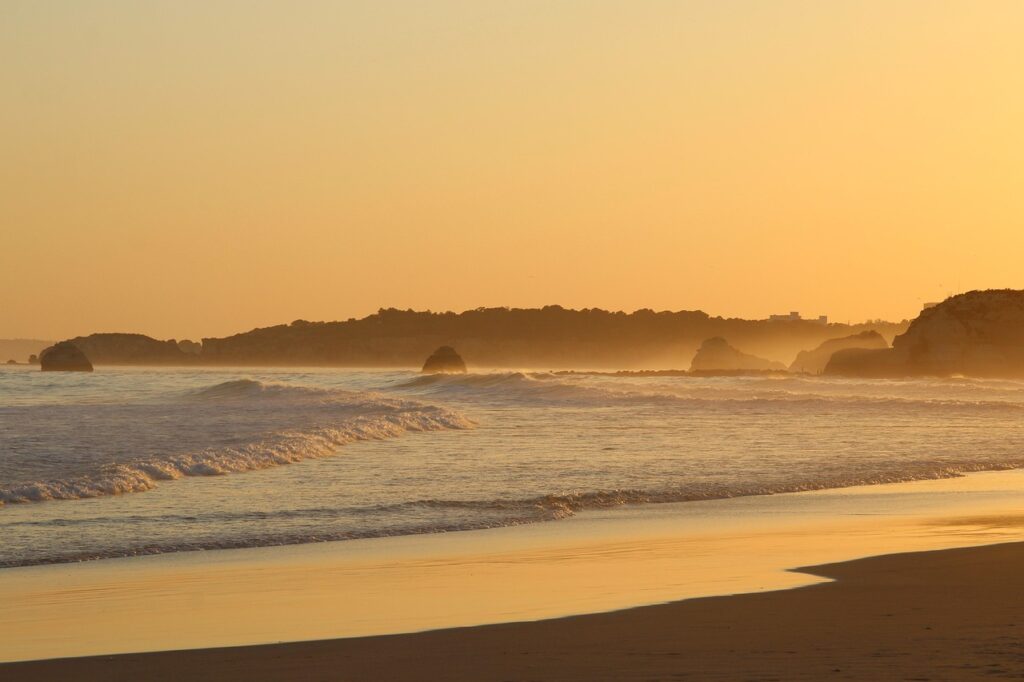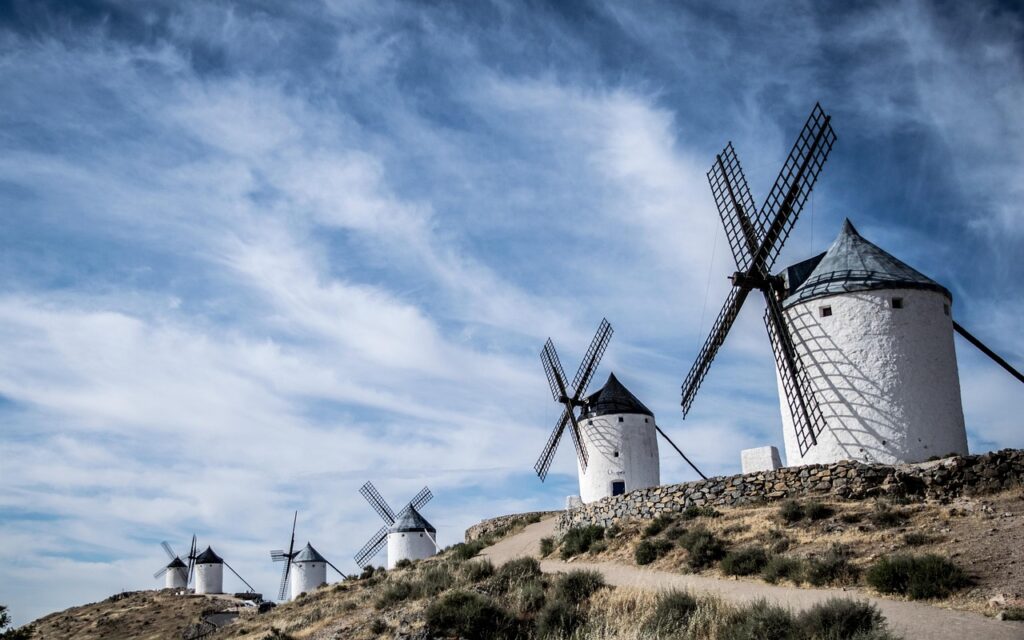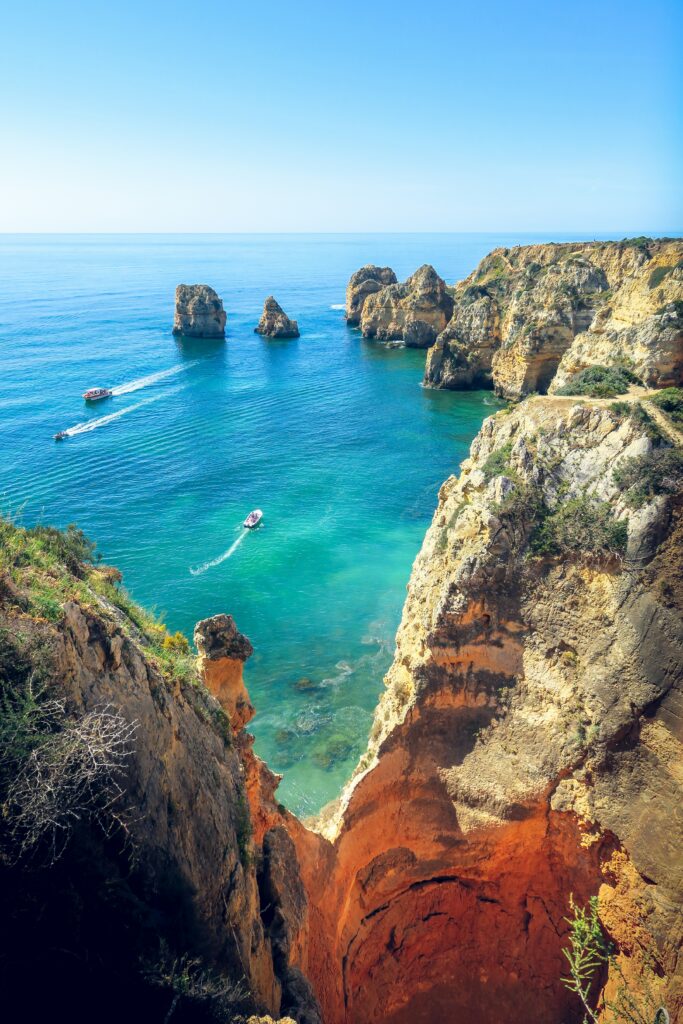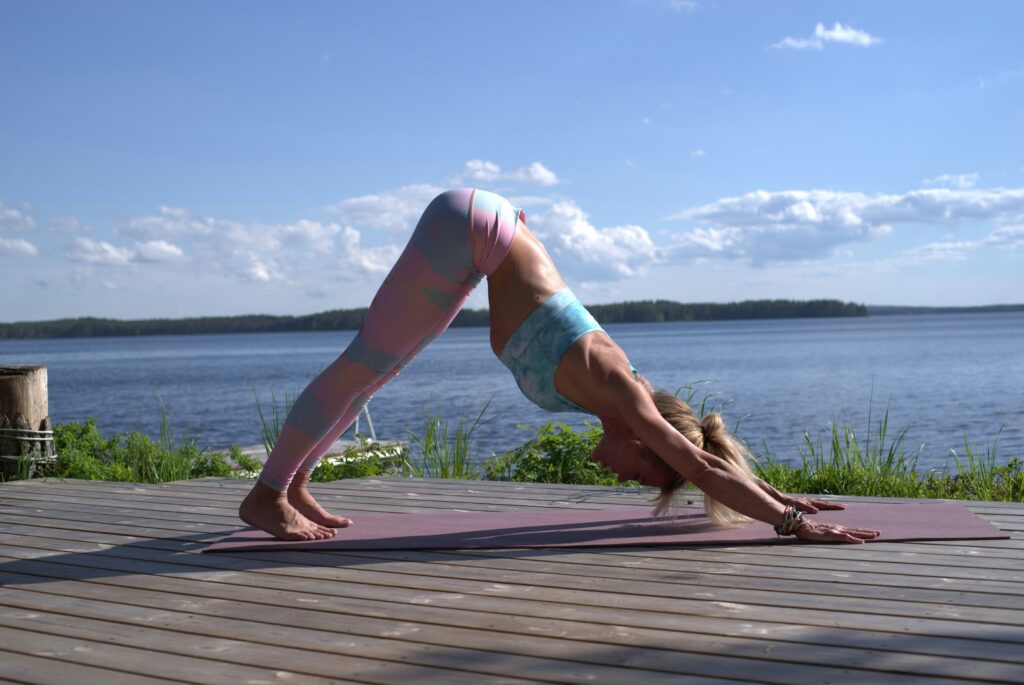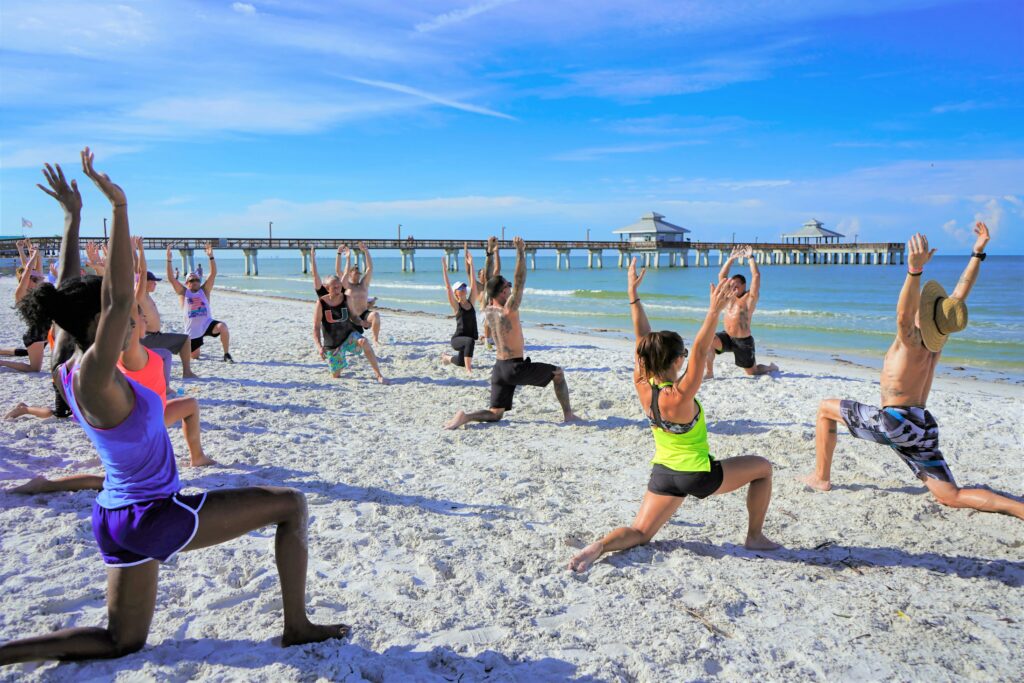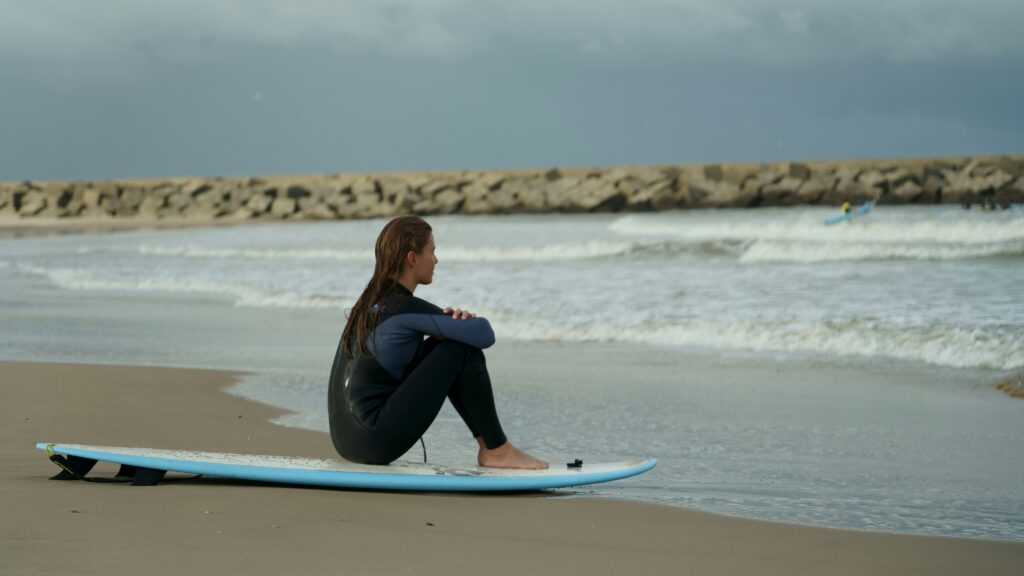Italy Beyond the Mat
Yoga brings you inward, but Italy reminds you to come back out — into beauty, texture, and taste.
A retreat here isn’t meant to isolate you from life; it’s meant to reintroduce you to it, slowly, through the senses.
Between classes and meditations, Italy invites you to stretch in other ways: to walk through vineyards, soak in hot springs, taste olive oil made meters from the tree, or simply watch light shifting across ancient stone.
Wellness here doesn’t come from discipline alone — it’s woven into how people live.
Here are some of the most meaningful experiences to pair with your yoga and wellness retreat in Italy — moments where practice meets presence, and the landscape itself becomes your teacher.
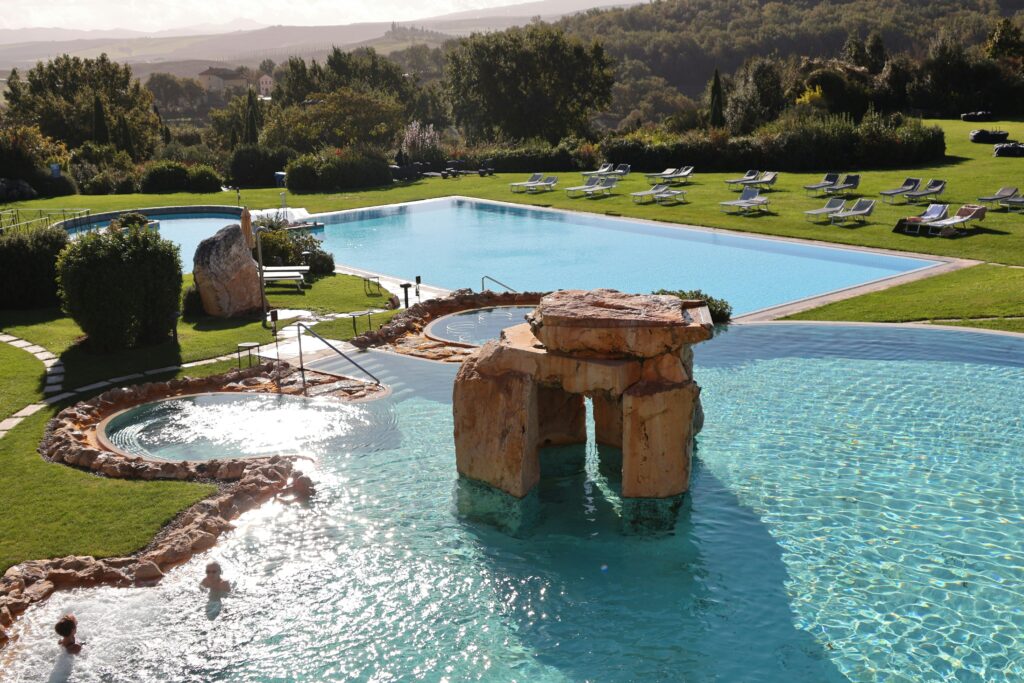
1. Bathe in the Earth’s Warmth — Italy’s Natural Hot Springs
Before spas had marble walls and playlists, Italy already had healing waters.
Romans, Etruscans, and monks all understood that certain places were built for release — not of muscle, but of mind.
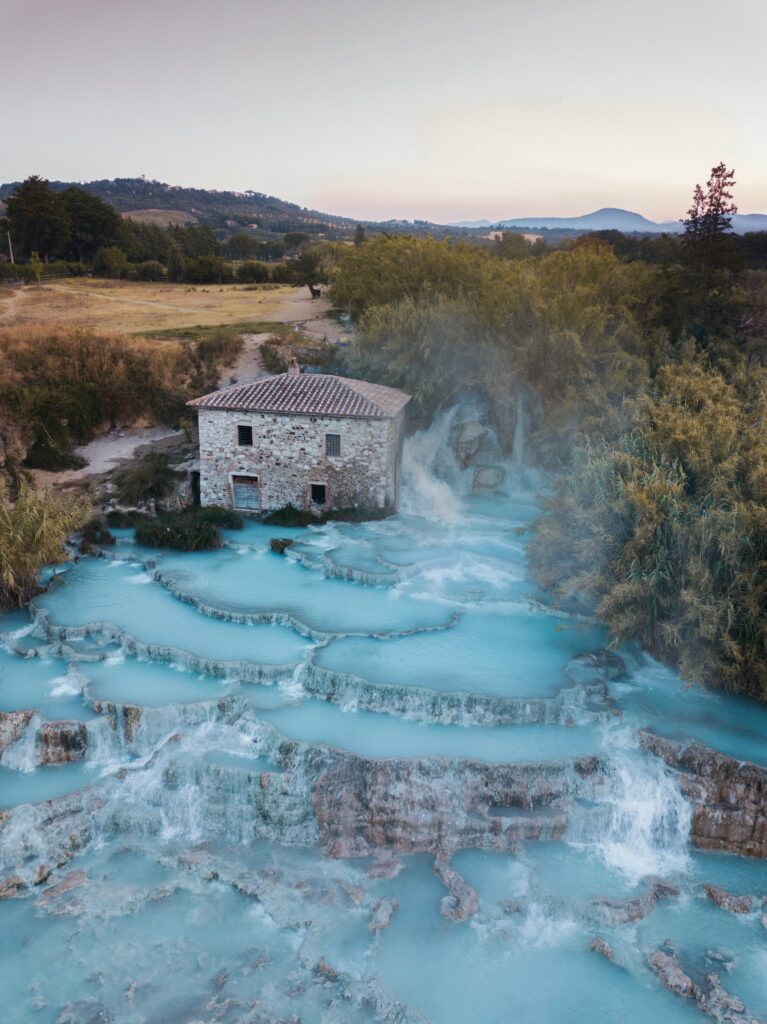
Tuscany’s Thermal Waters
Nowhere does this better than Tuscany.
Near Siena, the Terme di Saturnia flow in endless turquoise terraces, steaming gently under cypress trees.
In Bagno Vignoni, hot water runs straight through the town square, a silent relic of Roman baths where time forgot to modernize.
After a week of vinyasa or yin, slipping into these mineral pools feels like continuing the practice in liquid form — each exhale softening into the earth.
Northern Escapes
Further north, the Dolomites offer a different element of healing: contrast.
Saunas made of stone and cedar open onto snow views; cold plunges in glacial lakes test the kind of presence no meditation can teach.
Why it matters:
Thermal bathing restores magnesium levels, balances the nervous system, and — perhaps most importantly — reminds you that wellness doesn’t require effort, just surrender.
2. Practice “Slow Food” as a Mindful Ritual
Italy’s most revolutionary wellness concept was born at a dinner table.
In 1986, in protest against fast food’s arrival in Rome, a journalist named Carlo Petrini founded the Slow Food movement.
It wasn’t nostalgia — it was rebellion through presence: local ingredients, sustainable farming, and eating as connection rather than consumption.
Many yoga retreats now include cooking sessions with local chefs or visits to organic farms.
In Umbria and Puglia, you can spend an afternoon learning to make ricotta from raw milk, picking herbs from the garden, or pressing your own olive oil — then sharing it in communal silence.
Food here isn’t fuel; it’s prayer.
Each ingredient carries story and season — asparagus in April, figs in August, chestnuts in November.
Cooking becomes meditation, and eating becomes gratitude made visible.
3. Walk the Old Pilgrim Routes — Meditation in Motion
Italy’s ancient roads were built for seekers long before yoga mats existed.
The Via Francigena, stretching from Canterbury to Rome, crosses some of the most quietly profound landscapes in Europe: chestnut forests, medieval villages, valleys that hum with history.
Joining a guided section — even for a day — turns walking into mantra.
Each step, each breath, each church bell you pass becomes part of an invisible rhythm.
Some retreats now offer “yoga & pilgrimage” programs, combining morning practice with several hours of mindful hiking.
They remind you that spirituality doesn’t require stillness — it often asks for motion, humility, and good shoes.
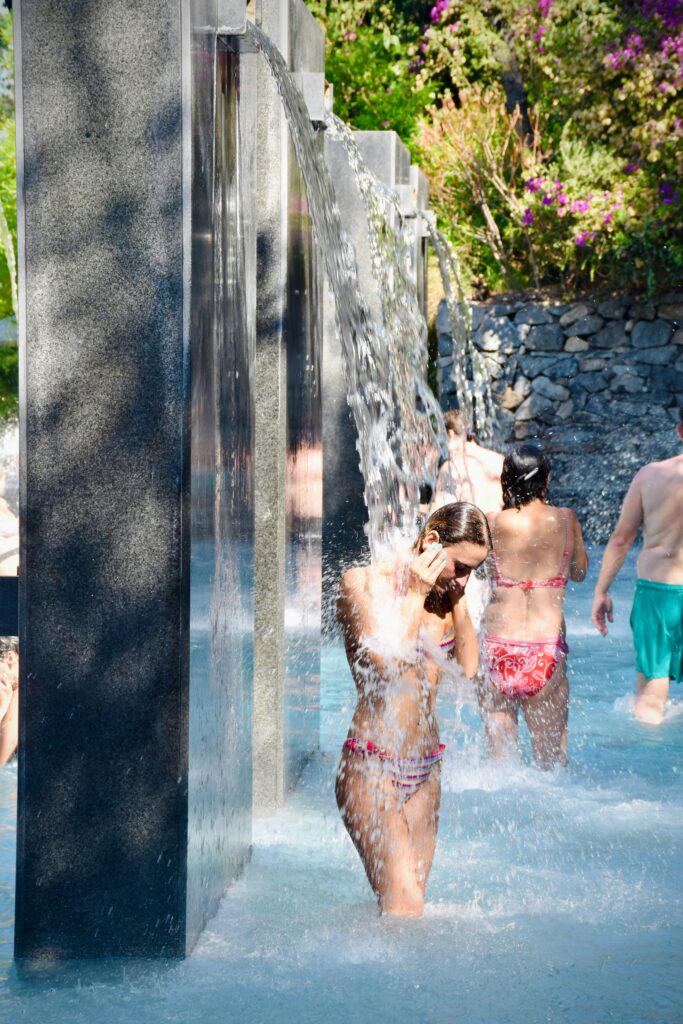
4. Learn the Art of Rest in Italian Spas and Monasteries
There’s a deep thread of monastic wellness woven through Italy’s landscape.
Before wellness tourism existed, monks mastered silence, herbal medicine, and ritual.
Many of their abbeys have now reopened as peaceful sanctuaries for retreat-goers seeking not luxury, but clarity.
In Umbria’s hills, monasteries like Eremo delle Carceri or Abbazia di San Pietro in Valle offer structured quiet: simple rooms, candlelit vespers, and space to let your thoughts slow down enough to be heard.
If you prefer the sensual version of stillness, Italy’s modern spas — like Lefay Resort on Lake Garda or Adler Thermae in Tuscany — reinterpret that tradition with design, water, and natural therapies.
Their ethos is the same: purification, not performance.
Whichever you choose, Italy’s message is consistent — peace isn’t found; it’s remembered.
5. Seek Wellness Through Art and Architecture
Few countries heal through beauty the way Italy does.
Art isn’t decoration here; it’s dialogue.
A frescoed chapel can quiet you as much as a meditation room.
A Bernini sculpture, frozen mid-movement, teaches more about grace than a yoga manual ever could.
And the simple act of sitting under Brunelleschi’s dome or by the canals of Venice — watching light play on water — becomes a form of mindfulness in itself.
Some retreats weave this directly into their programs: morning meditation in Renaissance gardens, mindful sketching in Florence, or contemplative walks through cloisters.
Beauty here is not luxury — it’s medicine.
6. Reconnect to Earth Through Olive and Wine Harvests
Autumn in Italy feels ancient — the smell of crushed grapes, the rhythmic shake of olive trees.
For centuries, these were acts of labor; today, they’re also acts of grounding.
Many retreat hosts open their doors during the harvest season (October–November), letting guests help with picking, pressing, and tasting.
The experience is humbling: hands dirty with soil, laughter mixing with wind, and the unmistakable satisfaction of participating in a cycle older than history.
Yoga teaches unity; harvest teaches humility.
It’s the same lesson spoken in a different language.
7. Coastal Breathing — Sea, Salt, and Silence
The sea is Italy’s oldest healer.
From the Ligurian Riviera to Sicily’s coves, saltwater and sunlight create natural therapy long before the word existed.
On the Amalfi Coast, cliffside terraces host sunrise yoga followed by swims in crystalline water.
In Sardinia, marine reserves double as sanctuaries for snorkeling, meditation, and stillness broken only by waves.
The combination of iodine-rich air, Mediterranean diet, and open horizon works like a nervous system reset.
It’s why so many locals live past ninety — not because they count calories, but because they know how to breathe by the sea.
8. Craft as Meditation
There’s something profoundly mindful about Italian craftsmanship.
Potters in Deruta, weavers in Perugia, glassmakers in Murano — all practise the same ancient focus that yoga cultivates.
Some retreats collaborate with artisans, offering workshops in pottery, painting, or natural dyeing.
It’s not about talent; it’s about rhythm — the repetition, the attention, the imperfection that makes each object alive.
When your hands shape clay or weave linen, your mind naturally enters the same quiet flow as in asana practice.
You create something tangible — and in doing so, you remember what patience feels like.
9. Festivals of Light and Community
Italy celebrates life collectively — through sound, color, and ritual.
Joining a local festival, even briefly, reconnects you to that collective joy that sometimes gets lost in individual wellness.
Imagine finishing a week-long retreat, then walking through Assisi’s flower festival or Puglia’s Notte della Taranta, where dance becomes trance and strangers share food freely.
You realise that joy and spirituality aren’t opposites — they are two breaths of the same practice.
Conclusion — Living as the Practice
A yoga retreat in Italy doesn’t end when the classes stop.
It continues in the taste of tomato on your tongue, the feel of sun-warmed stone under your hands, the rhythm of footsteps on cobbled paths.
Wellness here is not a phase — it’s a lifestyle refined over centuries.
So combine your practice with everything Italy naturally offers: water, art, community, slowness, and awe.
Because the country’s greatest lesson isn’t how to relax — it’s how to be alive with grace.

